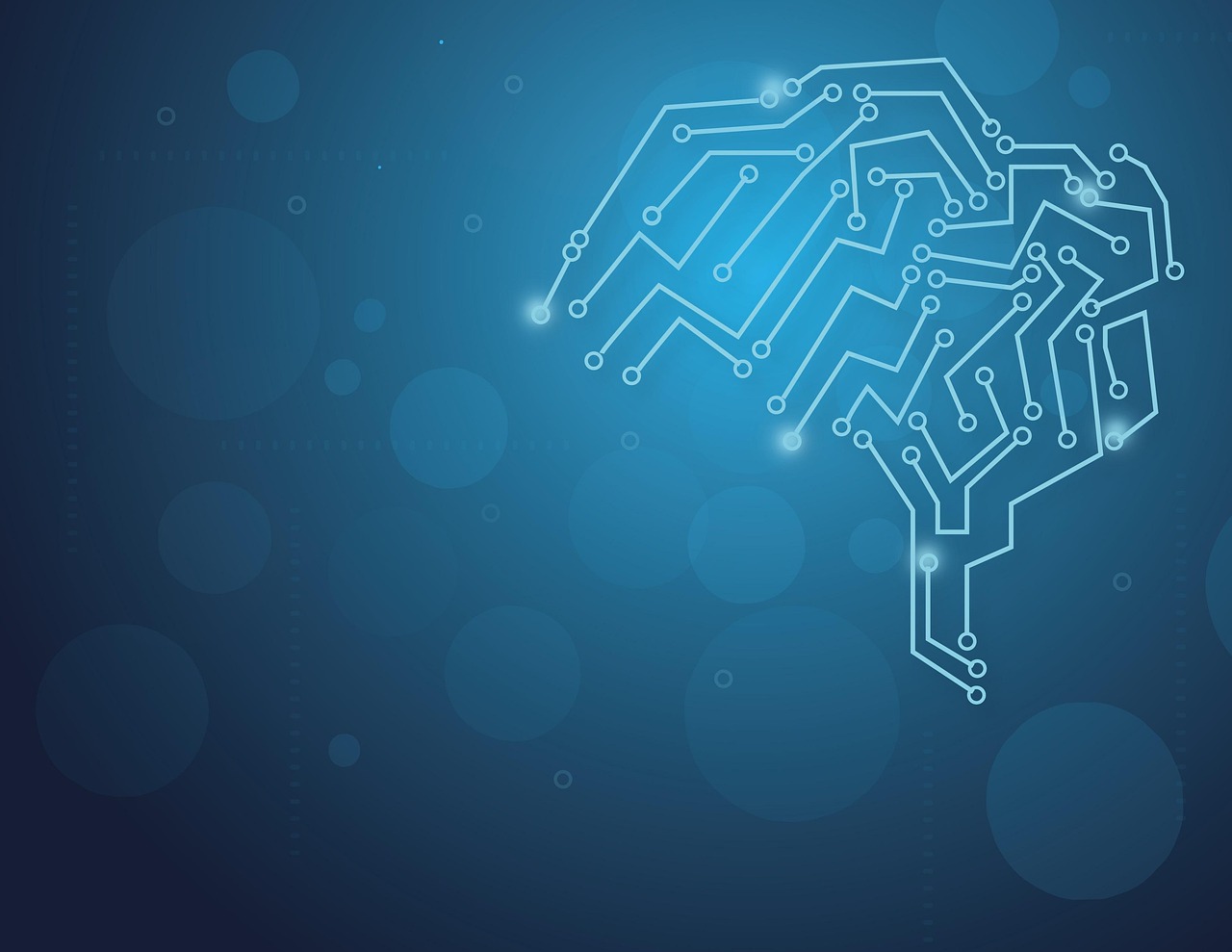AI analytics is revolutionizing how businesses understand data, predict trends, and make informed decisions. By leveraging artificial intelligence and machine learning techniques, organizations can unlock deeper insights hidden within complex datasets, leading to improved efficiency, enhanced customer experiences, and a competitive edge in today’s rapidly evolving market. This blog post will delve into the intricacies of AI analytics, exploring its benefits, applications, and how businesses can effectively implement it to drive meaningful results.
Understanding AI Analytics
What is AI Analytics?
AI analytics encompasses the application of artificial intelligence, particularly machine learning, to analyze data and extract valuable insights. It goes beyond traditional business intelligence by automating the discovery of patterns, predicting future outcomes, and providing recommendations. It’s about using smart algorithms to sift through massive amounts of data, identifying trends and relationships that humans might miss.
- AI analytics leverages techniques such as:
Machine Learning: Algorithms that learn from data without explicit programming.
Natural Language Processing (NLP): Enabling computers to understand and process human language.
Computer Vision: Enabling computers to “see” and interpret images and videos.
Deep Learning: A subset of machine learning using artificial neural networks with multiple layers.
How AI Analytics Differs from Traditional Analytics
Traditional analytics relies on predefined queries and reports, often requiring manual data exploration. AI analytics, on the other hand, automates much of this process.
- Traditional Analytics: Reactive, focuses on past data, requires manual intervention.
- AI Analytics: Proactive, predictive, automates data exploration, and can handle unstructured data.
For example, a traditional report might show website traffic for the past month. AI analytics, however, can analyze website traffic, user behavior, and external factors like social media trends to predict future traffic and identify potential areas for improvement.
The Power of Unstructured Data
A key advantage of AI analytics is its ability to process unstructured data, such as text, images, and audio. Traditional analytics typically struggles with this type of data, but AI algorithms can extract meaningful information from it. Consider sentiment analysis of customer reviews – AI can automatically gauge customer sentiment from text, providing valuable feedback for product development and customer service.
Benefits of Implementing AI Analytics
Improved Decision-Making
AI analytics empowers organizations to make data-driven decisions by providing accurate and timely insights. By identifying patterns and predicting outcomes, businesses can minimize risks and maximize opportunities. For instance, a retailer can use AI to predict which products will be in high demand during the holiday season, optimizing inventory levels and preventing stockouts.
- Actionable Takeaway: Use AI analytics to identify key performance indicators (KPIs) and track progress towards business goals.
Enhanced Customer Experiences
AI analytics enables businesses to personalize customer experiences by understanding individual preferences and behaviors. By analyzing customer data, organizations can tailor marketing campaigns, recommend relevant products, and provide personalized customer service. For example, Netflix uses AI to recommend movies and TV shows based on viewing history, leading to increased customer engagement and satisfaction.
Increased Efficiency and Productivity
AI analytics automates many data analysis tasks, freeing up employees to focus on more strategic initiatives. By automating tasks such as data cleaning, data preprocessing, and report generation, organizations can significantly reduce manual effort and improve overall efficiency. A manufacturing company can use AI to optimize production processes, predict equipment failures, and minimize downtime, leading to increased productivity and reduced costs.
- Actionable Takeaway: Identify areas where AI analytics can automate repetitive tasks and free up resources.
Competitive Advantage
Businesses that leverage AI analytics gain a significant competitive advantage by making smarter decisions, improving customer experiences, and increasing efficiency. By identifying emerging trends and predicting market changes, organizations can proactively adapt their strategies and stay ahead of the competition. A financial services company can use AI to detect fraudulent transactions, prevent losses, and maintain customer trust.
Practical Applications of AI Analytics
Marketing and Sales
AI analytics is transforming marketing and sales by enabling personalized campaigns, predicting customer behavior, and optimizing sales processes.
- Lead Scoring: AI can analyze leads based on various factors (demographics, behavior, etc.) to prioritize those most likely to convert.
- Personalized Recommendations: AI can recommend products or services tailored to individual customer preferences.
- Churn Prediction: AI can identify customers at risk of churn, allowing businesses to take proactive measures to retain them.
- Example: An e-commerce company uses AI to analyze browsing history, purchase patterns, and demographic data to personalize product recommendations, resulting in a 20% increase in sales.
Finance
In finance, AI analytics is used for fraud detection, risk management, and algorithmic trading.
- Fraud Detection: AI can identify suspicious transactions in real-time, preventing fraudulent activities and minimizing losses.
- Risk Management: AI can assess and manage risks by analyzing vast amounts of financial data and identifying potential threats.
- Algorithmic Trading: AI can execute trades based on predefined rules and market conditions, optimizing investment returns.
- Example: A bank uses AI to analyze transaction data and identify fraudulent credit card transactions with 95% accuracy, saving millions of dollars in losses.
Healthcare
AI analytics is revolutionizing healthcare by improving diagnosis, personalizing treatment plans, and optimizing healthcare operations.
- Diagnosis: AI can analyze medical images (X-rays, MRIs) to detect diseases and abnormalities with high accuracy.
- Personalized Treatment: AI can analyze patient data to develop personalized treatment plans based on individual characteristics and medical history.
- Drug Discovery: AI can accelerate the drug discovery process by identifying potential drug candidates and predicting their effectiveness.
- Example: A hospital uses AI to analyze patient data and predict the likelihood of hospital readmissions, allowing them to provide targeted interventions and reduce readmission rates.
Manufacturing
AI analytics is transforming manufacturing by optimizing production processes, predicting equipment failures, and improving quality control.
- Predictive Maintenance: AI can analyze sensor data from equipment to predict when maintenance is required, preventing downtime and reducing costs.
- Quality Control: AI can analyze images and videos to detect defects in products, improving quality control and reducing waste.
- Process Optimization: AI can optimize production processes by analyzing data on material usage, energy consumption, and throughput.
- Example: A manufacturing company uses AI to analyze sensor data from its machines and predict equipment failures, reducing downtime by 15% and saving $500,000 annually.
Implementing AI Analytics Effectively
Defining Business Objectives
Before implementing AI analytics, it’s crucial to clearly define business objectives and identify the specific problems you want to solve. What insights are you looking for? What decisions do you want to improve? Having clear objectives will guide the selection of appropriate AI techniques and ensure that the implementation is aligned with your business goals.
- Actionable Takeaway: Conduct a thorough assessment of your business needs and prioritize the areas where AI analytics can have the greatest impact.
Choosing the Right Tools and Technologies
There are numerous AI analytics tools and technologies available, ranging from open-source libraries to commercial platforms. Selecting the right tools depends on your specific needs, budget, and technical expertise.
- Open-Source Libraries: Python libraries such as Scikit-learn, TensorFlow, and PyTorch are popular choices for building custom AI models.
- Cloud-Based Platforms: Platforms such as Amazon SageMaker, Google AI Platform, and Microsoft Azure Machine Learning provide a comprehensive suite of tools for building, deploying, and managing AI models.
- Commercial Platforms: Platforms like SAS, IBM Watson, and Dataiku offer pre-built AI solutions and user-friendly interfaces for business users.
Ensuring Data Quality and Availability
AI analytics relies on high-quality data to produce accurate and reliable insights. Ensure that your data is clean, consistent, and representative of the population you are analyzing.
- Data Cleaning: Remove errors, inconsistencies, and missing values from your data.
- Data Transformation: Convert data into a suitable format for analysis.
- Data Integration: Combine data from multiple sources into a unified dataset.
- Actionable Takeaway: Implement data governance policies to ensure data quality and compliance with regulations.
Building a Skilled Team
Implementing AI analytics requires a skilled team with expertise in data science, machine learning, and business analytics. Consider hiring data scientists, machine learning engineers, and business analysts to build and maintain your AI analytics capabilities.
- Data Scientists: Develop and implement AI models.
- Machine Learning Engineers: Deploy and maintain AI models in production.
- Business Analysts: Translate business requirements into analytical solutions.
- Actionable Takeaway: Invest in training and development to upskill your existing workforce and build a strong AI analytics team.
Overcoming Challenges in AI Analytics
Data Silos
One of the biggest challenges in AI analytics is data silos – when data is fragmented and stored in separate systems, making it difficult to gain a holistic view. To overcome this, organizations need to break down data silos and integrate data from various sources into a centralized data warehouse or data lake.
Lack of Skilled Talent
The shortage of skilled data scientists and machine learning engineers is another significant challenge. To address this, organizations can invest in training programs, partner with universities, and offer competitive compensation packages to attract and retain talent.
Ethical Concerns
AI analytics raises ethical concerns related to bias, fairness, and privacy. Organizations need to develop ethical guidelines and ensure that their AI models are fair, transparent, and do not discriminate against any particular group. Regular audits and monitoring are essential to identify and mitigate potential biases.
Conclusion
AI analytics offers tremendous potential for businesses to gain deeper insights, improve decision-making, enhance customer experiences, and drive efficiency. By understanding the principles of AI analytics, implementing best practices, and addressing the associated challenges, organizations can unlock the full potential of this transformative technology and gain a competitive edge in today’s data-driven world. Embracing AI analytics is no longer a luxury, but a necessity for businesses seeking to thrive in the age of digital transformation.




